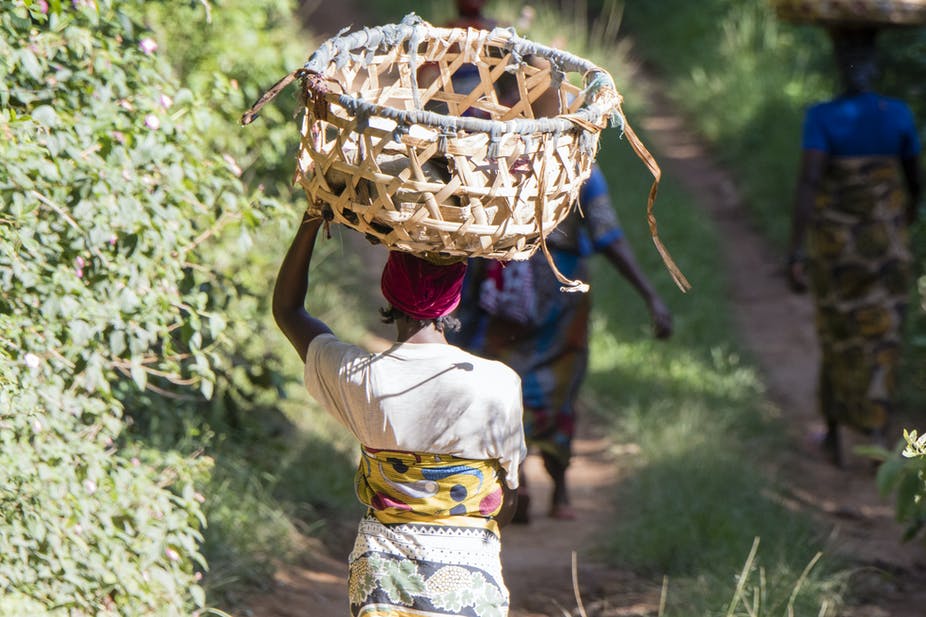BY: Damaris Matoke-Muhia
I was born and bred in the western part of Kenya, an area endemic of malaria. I have been sick from malaria not once, not twice, but more times than I can count. In my village, outbreaks were normal – the entire village would get sick, especially after the rains. I watched many people die, including classmates, relatives and even my own family members.
As a child, I watched mothers in my village work frantically to make sure their families were protected from the disease. They dressed the kids up to protect them from mosquito bites and cold weather. If someone contracted malaria, they would boil concoctions from traditional plants, cook finger millet (wimbi) porridge and ensure the patient would frequently shower to control fever. Sometimes they even carried the patient on their back to the hospital. When a family member was sick, the mother would practically be held hostage.
Unfortunately, the situation in my Kenyan village is not unique on this continent. Sub-Saharan Africa continues to carry an unreasonably high global burden of disease. In 2018, the region was home to 93% of the world’s malaria cases. Most of the deaths (94%) were recorded in sub-Saharan Africa. Women bear the brunt of the disease, with children and pregnant women carrying the highest risk.

